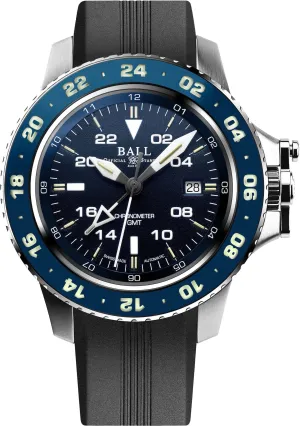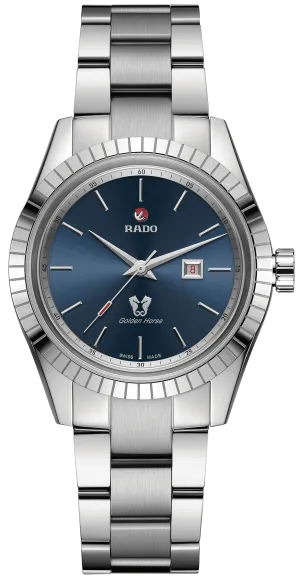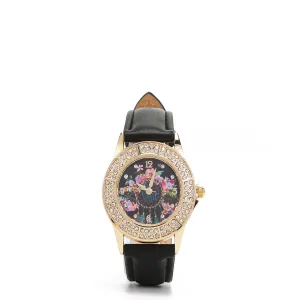In 1960, about a decade before the Quartz Crisis changed the face of horology forever, Bulova produced a watch that eschewed the traditional balance wheel in favor of a 360-hertz steel tuning fork, powered by electromagnets attached to a battery-powered transistor oscillator circuit. Designed by Max Hetzel, the Accutron made waves. It became the first wristwatch to be precise enough to be qualified for U.S. Railroad certification, guaranteed to be accurate to about one minute per month, or about two seconds per day.
The Accutron's success prompted Swiss brands to introduce their own versions of the technology. Universal Geneve released their first--and only--electric watch, the , in the early 1960s. Like Universal Geneve, Wittnauer (then known mainly for their and their association with Longines) was an early adopter of this new technology.
R&D on what would become Switzerland's first electric movement began in the 1940s, spearheaded by designers André Breyer and René Besson of Ébauches SA. ESA secured the patent (numbers 345611 and 346828) for their electric movement in 1959. The movements--L4750/51--were assembled at ESA's manufacture at Landeron and used WD-5 batteries manufactured by Leclanché. Unlike its American counterparts by Bulova and Hamilton, the L4750 contained no magnets. Instead, the L4750 relied on the electric impulses produced by the contact wires reacting with the steel balance plate.
The first Wittnauer Electrics with the Landeron 4750 movements rolled off the production line at the close of 1960, and debuted at Basel in April 1961. Earlier executions of this watch are notable in that the dial reads "Electric," rather than Electro-Chron seen on later . Thirty different brands utilized the Landeron 4750 movement, among them Benrus and Gruen. But it's the Wittnauer Electric--with its distinctive hands shaped like lightning bolts--that remain among the most collectible, relics of an era just a few short years before the introduction of the industry-changing Quartz technology.

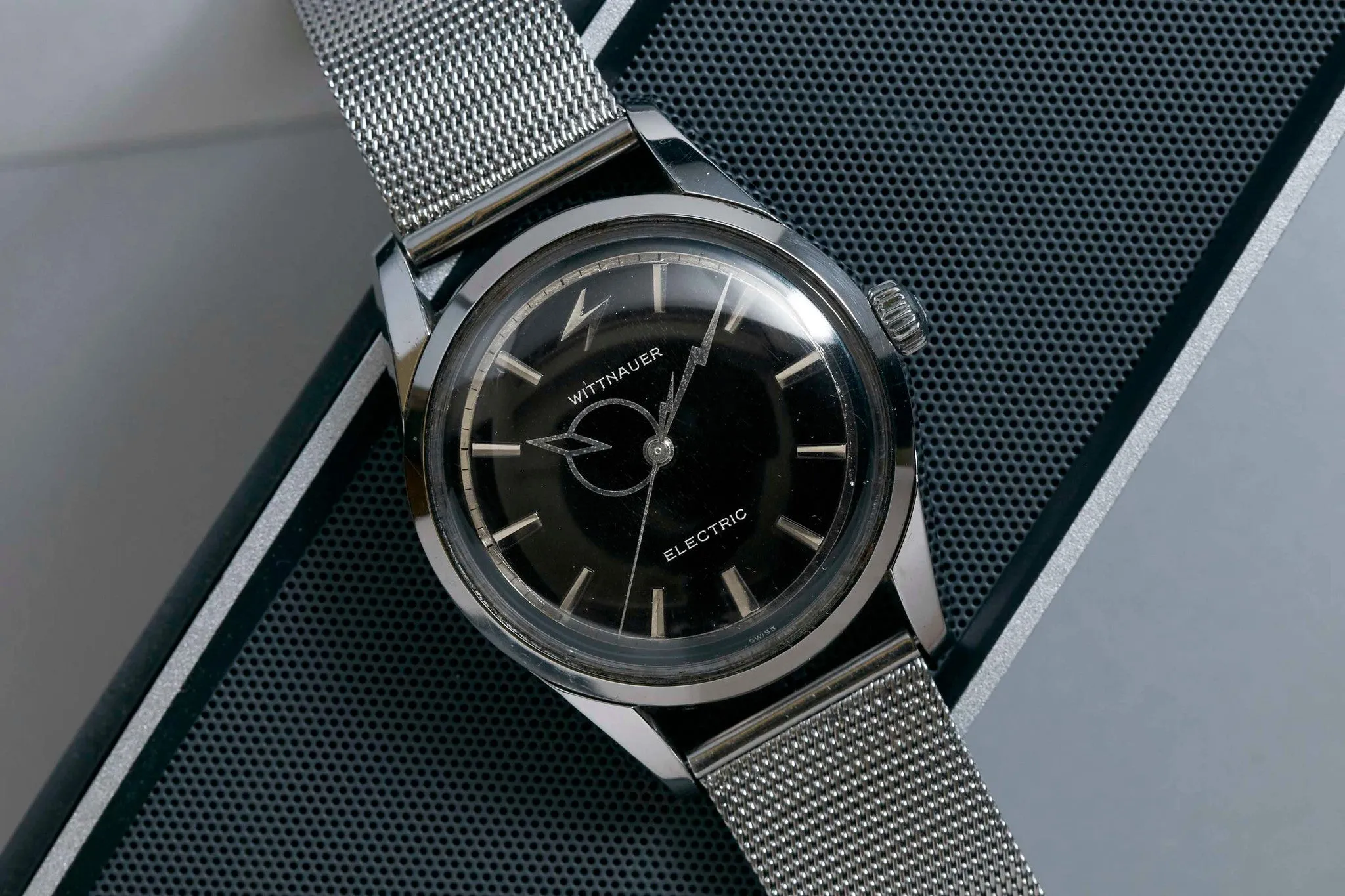
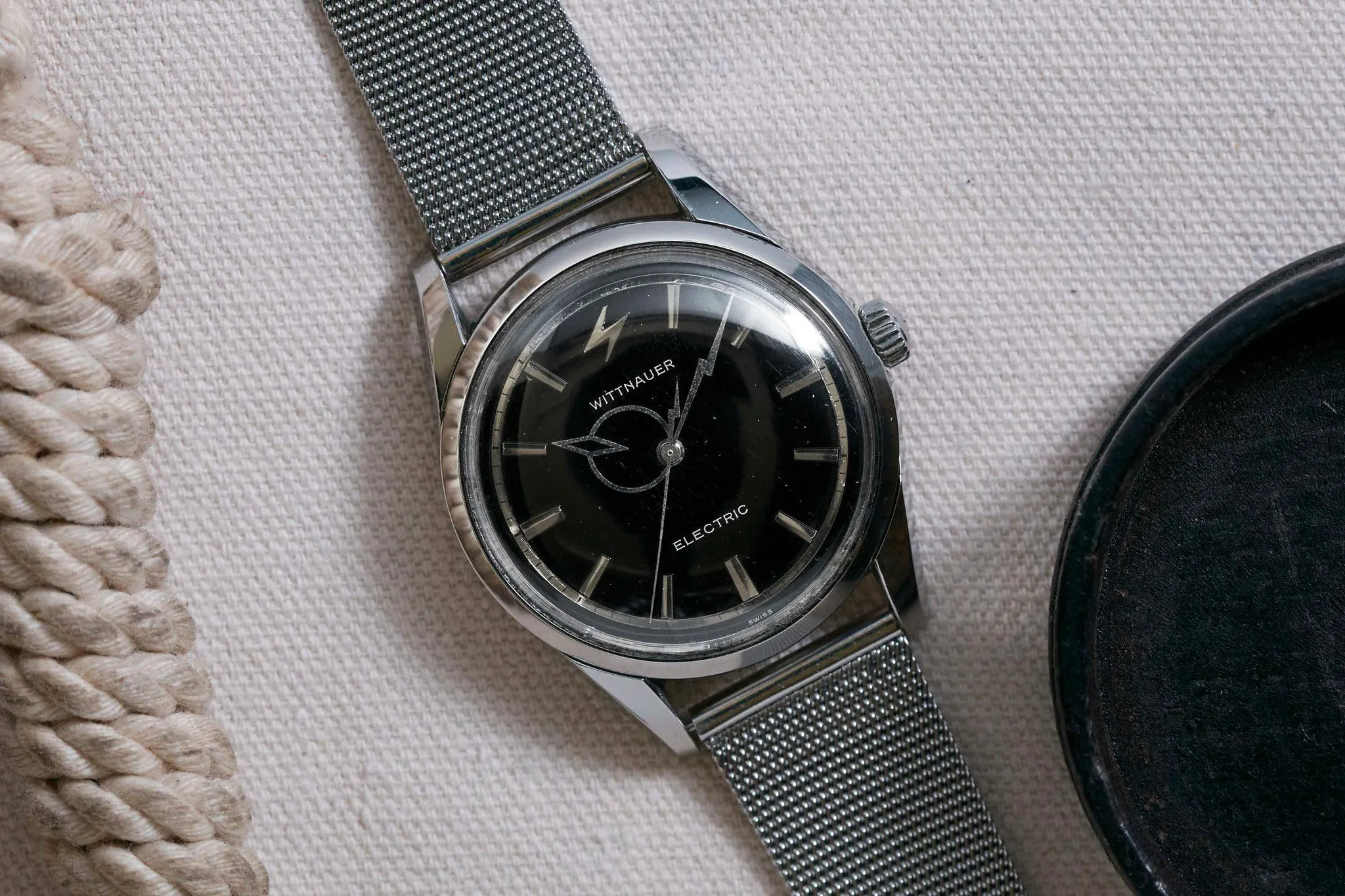
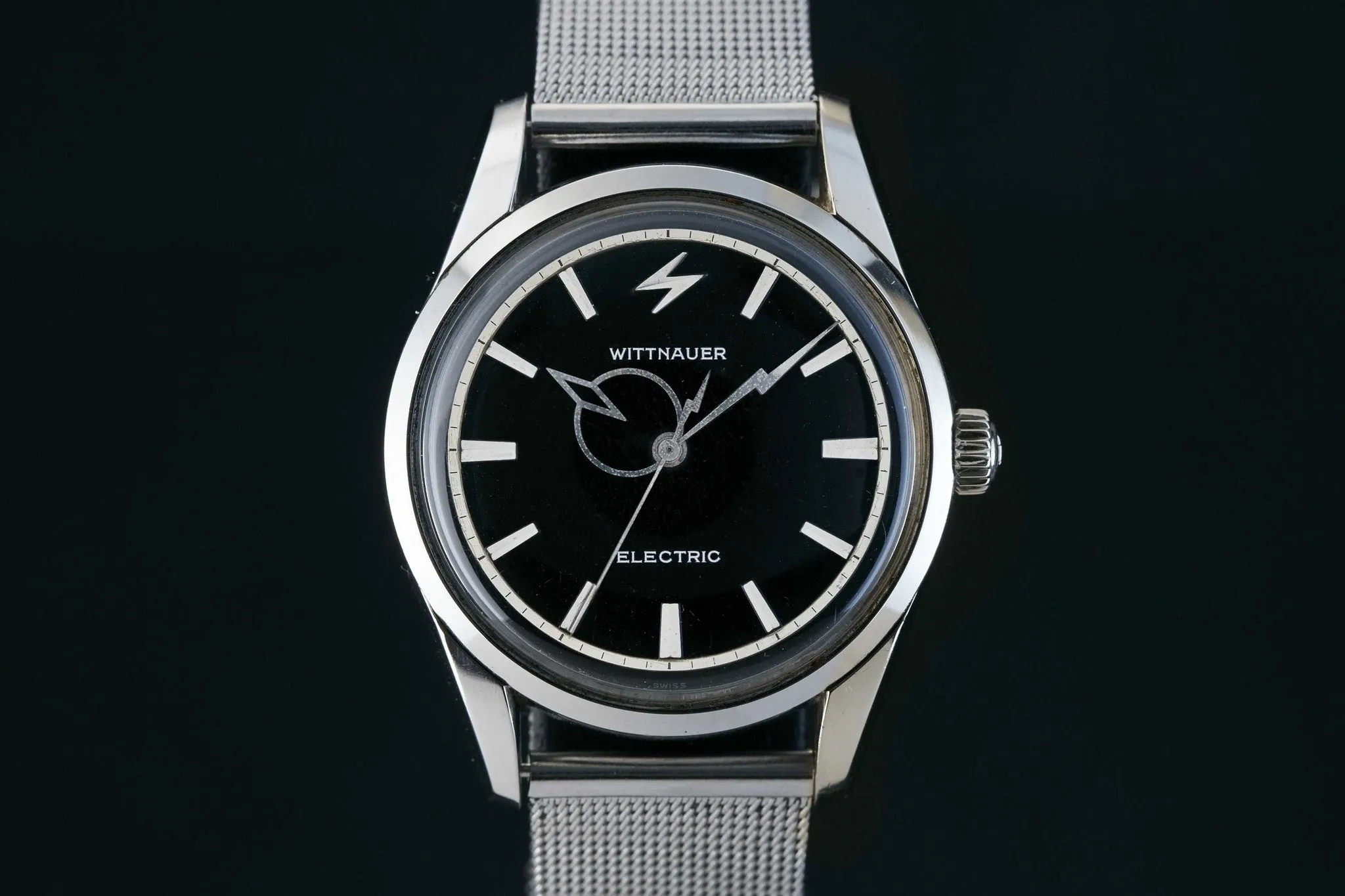
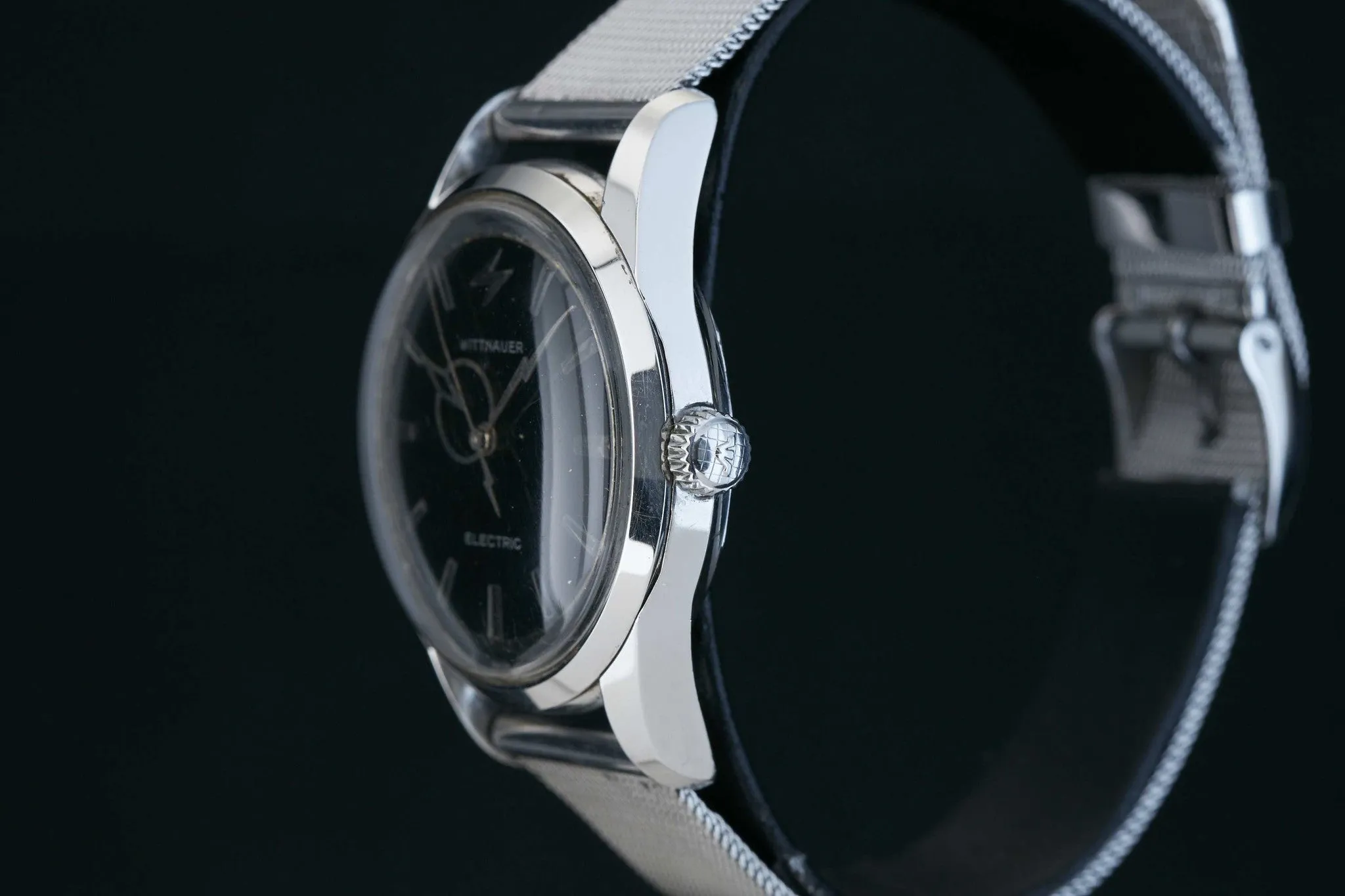

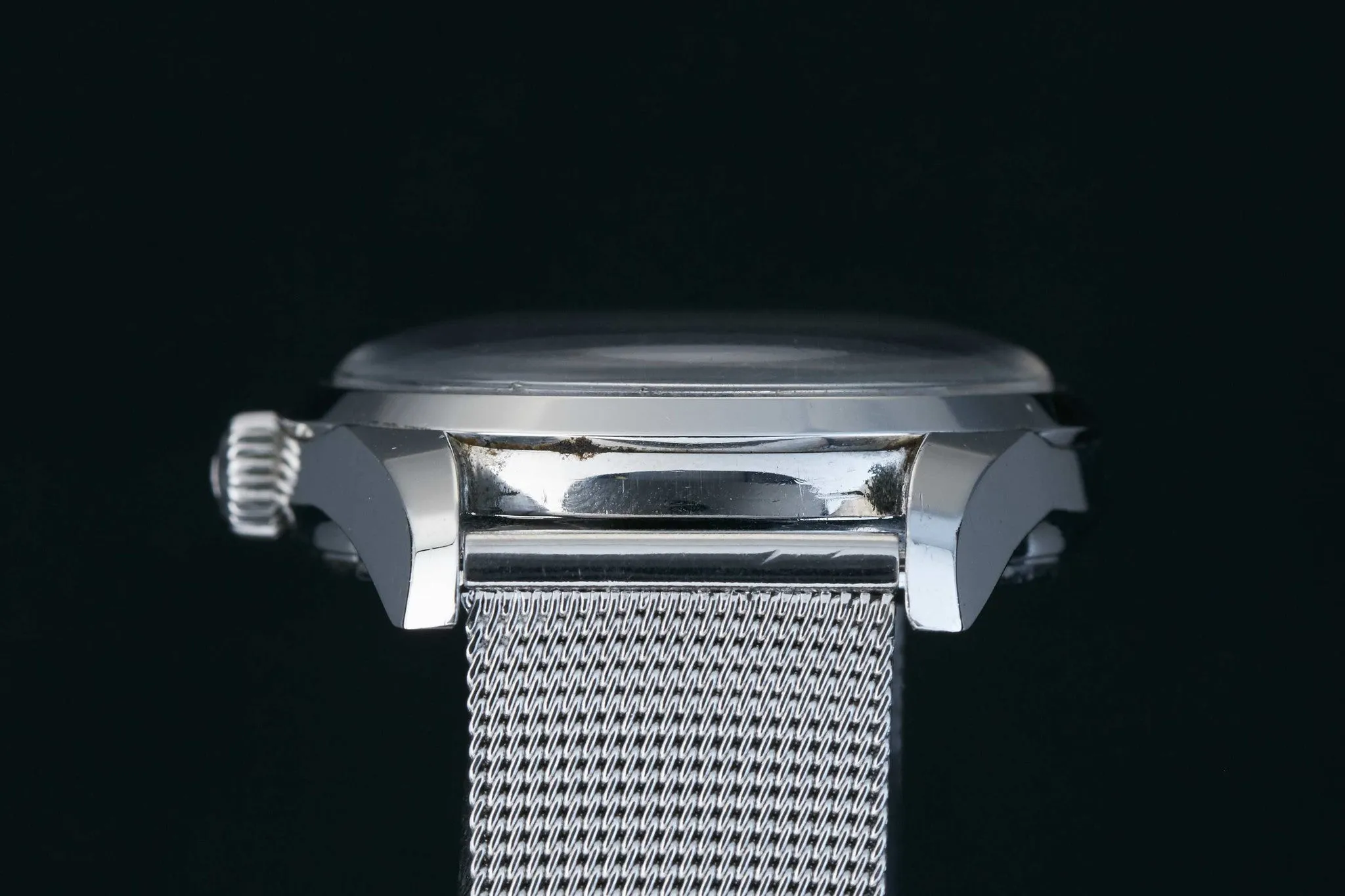
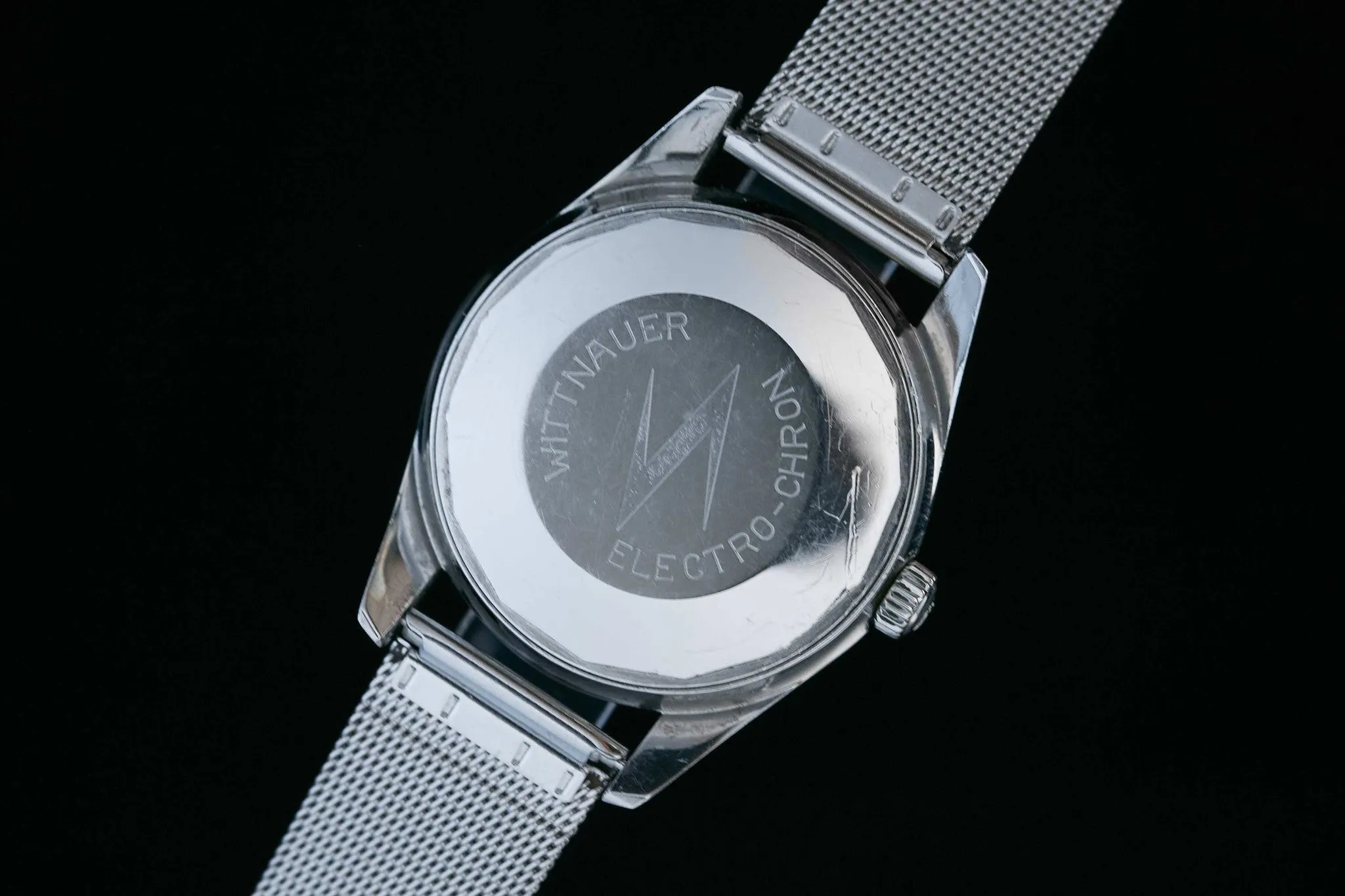
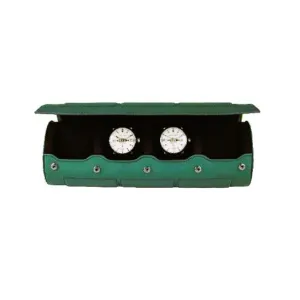
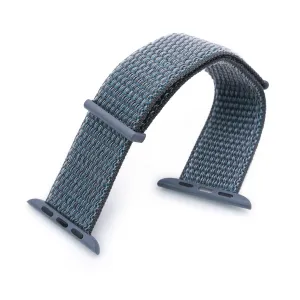



 Kaigandori no Neko Mimi Tantei (Film) [a](Blu-ray) Kaigandori no Neko Mimi Tantei (Film)](https://www.tickspinq.shop/image/ablu-ray-kaigandori-no-neko-mimi-tantei-film_ibCEVA_300x.webp)
